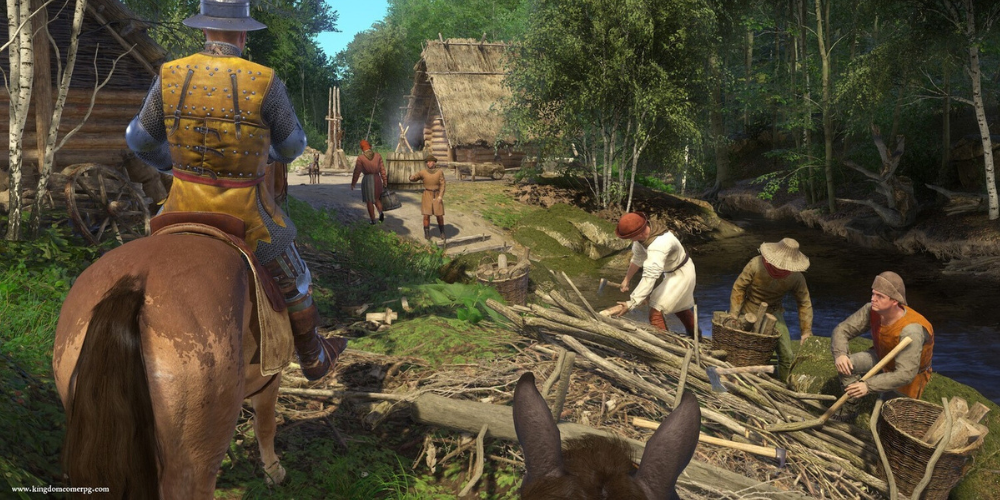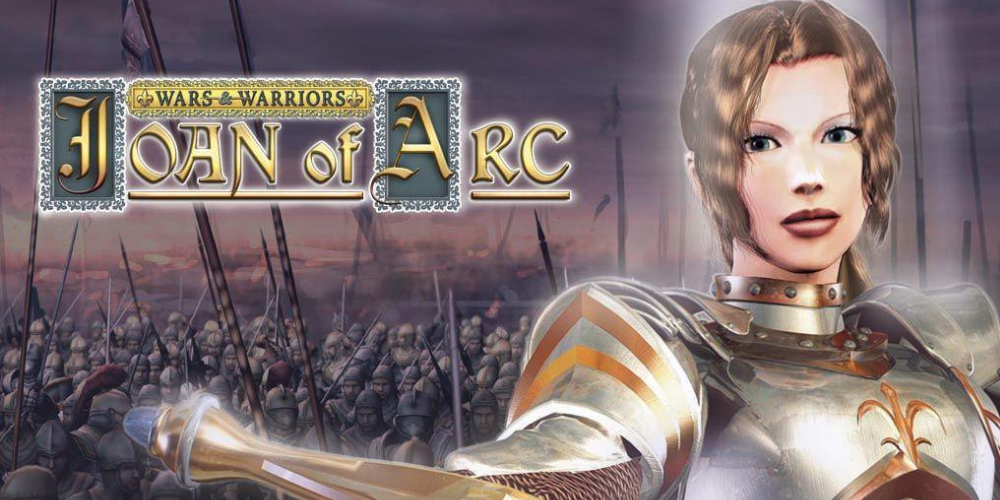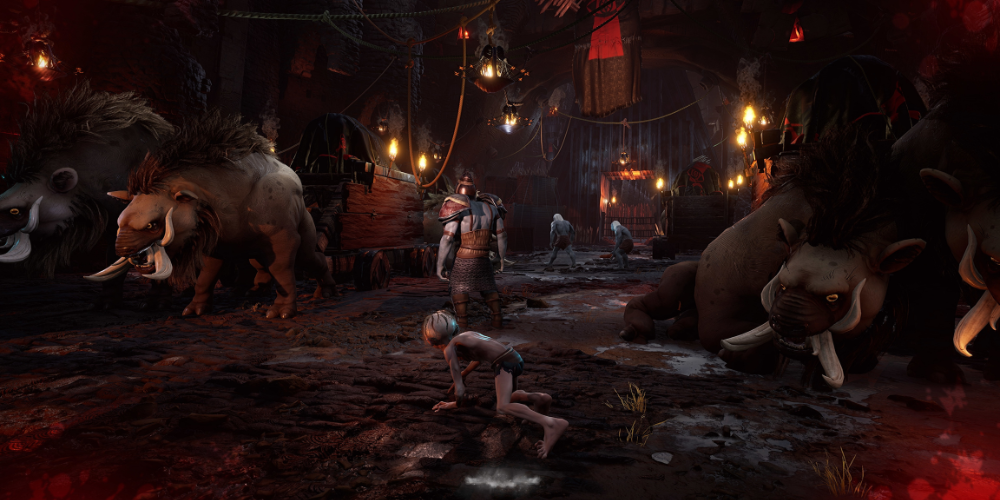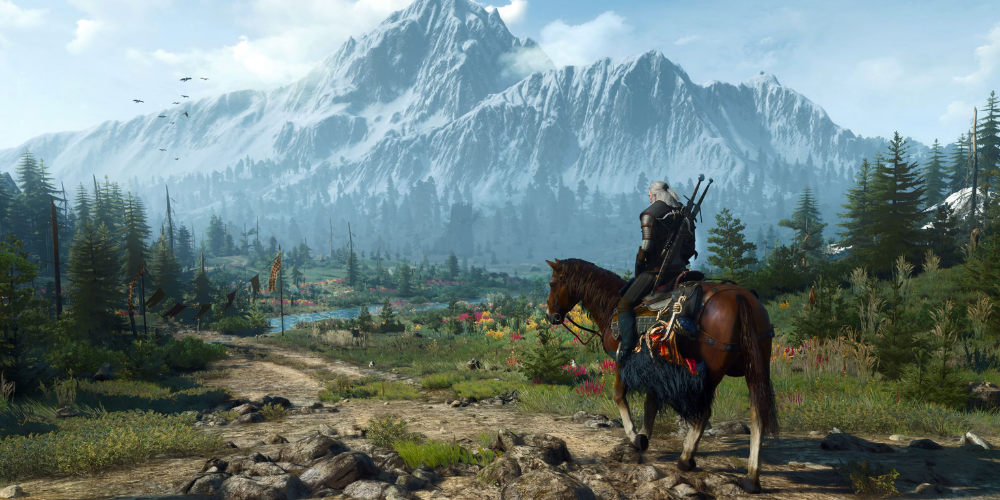Integration of Real-World History in Fantasy Settings
- 2024-06-24 14:35

The blend of real-world history and fantasy settings creates a rich tapestry of storytelling that captivates audiences by merging the familiar with the fantastical. This approach not only grounds the narrative in relatable contexts but also expands the imaginative boundaries of traditional fantasy. This article explores how real-world history is integrated into fantasy settings, examining its impact on world-building, character development, and thematic depth.
Historical Foundations in World-Building
World-building is a cornerstone of fantasy literature and games, and incorporating historical elements can add layers of authenticity and depth. By drawing on specific historical periods, cultures, and events, creators can construct intricate worlds that feel lived-in and believable. For example, George R.R. Martin's "A Song of Ice and Fire" series borrows heavily from the Wars of the Roses, an English civil war, to build the political intrigue and conflict of Westeros. This historical foundation lends credibility to the fictional world, making it more immersive for the audience.
Character Development and Historical Archetypes

Integrating historical figures and archetypes into fantasy settings enriches character development. Historical archetypes provide a framework for creating complex and relatable characters. Figures such as warriors, monarchs, and scholars from different eras can inspire character traits and story arcs. For instance, Joan of Arc's story has inspired numerous fantasy heroines who embody her courage and piety. These archetypes resonate with audiences due to their historical significance and the timeless qualities they represent.
Thematic Exploration Through Historical Context
Fantasy settings that incorporate real-world history can explore profound themes and moral questions. Historical contexts provide a backdrop for examining issues such as power, justice, and human nature. By situating these themes within a fantasy narrative, creators can address contemporary concerns in a more abstract and engaging manner. The historical underpinnings of the narrative offer a lens through which to explore these themes, making the story both thought-provoking and relevant.
Cultural Diversity and Authenticity
Incorporating elements from various historical cultures enhances the diversity and authenticity of fantasy settings. By drawing on the customs, traditions, and aesthetics of different civilizations, creators can craft worlds that reflect a broad spectrum of human experience. This approach not only enriches the narrative but also promotes cultural appreciation and understanding. J.R.R. Tolkien's Middle-earth, for example, is influenced by various European mythologies and languages, creating a rich and diverse world that feels authentic and immersive.

Historical Conflicts and Fantasy Wars
Many fantasy stories are centered around epic conflicts and wars, and real-world history offers a wealth of material for these narratives. Historical battles and military strategies can inspire fictional wars, adding a layer of realism and tactical depth. The use of historical conflicts as a blueprint allows for the creation of complex battle scenes and political maneuvers that resonate with the audience. Bernard Cornwell's "The Last Kingdom" series, set during the Viking Age, uses historical battles to drive the plot and develop the characters.

Blending Magic with Historical Reality
The integration of magical elements into historical settings is a hallmark of the fantasy genre. This blend creates a unique narrative dynamic where the familiar meets the extraordinary. By placing magic within a historical context, creators can explore how supernatural forces interact with real-world events and societal structures. This approach allows for innovative storytelling possibilities and adds a layer of intrigue to the narrative. Naomi Novik's "Temeraire" series, which reimagines the Napoleonic Wars with dragons, is a prime example of this blend.
Educational Value and Engagement
Fantasy settings that incorporate real-world history can have significant educational value. By engaging with historical elements in a fictional context, audiences can gain insights into different time periods and cultures. This method of storytelling makes learning about history enjoyable and accessible. Moreover, it can spark interest in historical research and exploration, encouraging readers and viewers to delve deeper into the real events and figures that inspired the story.

Challenges and Considerations
While integrating real-world history into fantasy settings offers numerous benefits, it also presents challenges. Creators must balance historical accuracy with creative freedom, ensuring that the historical elements enhance rather than overshadow the fantasy narrative. Additionally, sensitivity and respect for the cultures and histories being depicted are crucial. Misrepresentation or appropriation can undermine the story's credibility and alienate audiences. Careful research and thoughtful integration are essential to navigate these challenges successfully.
Summary
The integration of real-world history in fantasy settings enriches the narrative by providing a foundation of authenticity and depth. Through historical world-building, character development, thematic exploration, and the blending of magic with reality, creators can craft compelling and immersive stories. While challenges exist, the benefits of this approach are manifold, offering educational value and fostering cultural appreciation. As the fantasy genre continues to evolve, the interplay between history and imagination will remain a powerful tool for storytelling.